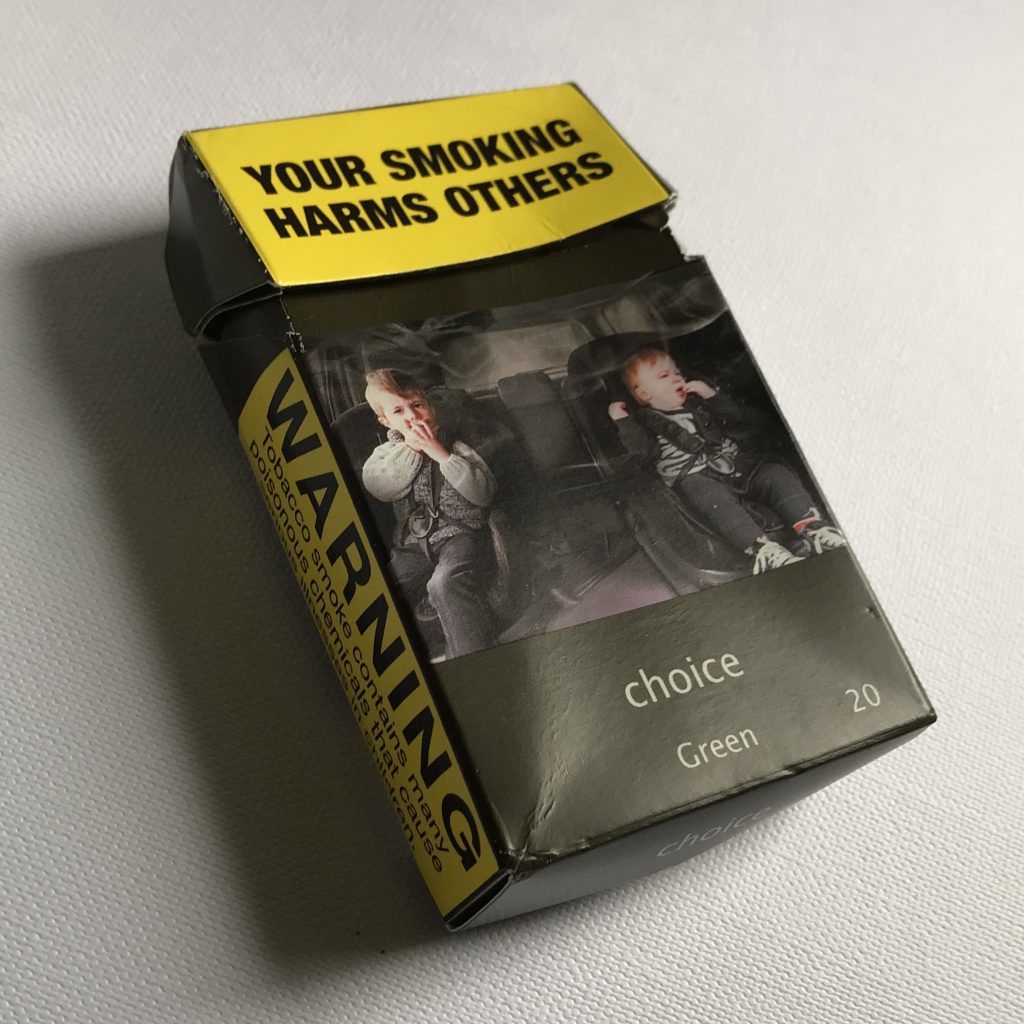Richard Edwards, Anaru Waa, Janet Hoek, Louise Thornley, Nick Wilson.
ASPIRE 2025, Department of Public Health, University of Otago, Wellington
World Smokefree Day is an apt day on which to propose some ideas that may greatly increase momentum for the achieving Smokefree Aotearoa 2025. Tobacco and vaping products such as e-cigarettes vary greatly in their likely adverse health effects and overall impact on population health. Reflecting this, the Ministry of Health announced in May that it will investigate ‘risk-proportionate’ regulation for tobacco and vaping products. This blog discusses public health considerations in developing the new regulatory framework, and proposes key features of a risk-proportionate approach. We argue the framework should aim to minimise harm and maximise benefits to population health by accelerating progress towards New Zealand’s Smokefree 2025 goal. As well as clarifying the appropriate regulatory approaches to vaping products, we see an overwhelming need for much stronger regulation of smoked tobacco products, as these are vastly under-regulated in relation to the harm they cause.
Continue reading →


